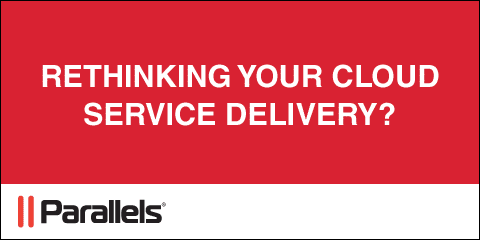|
|

By
Jack Zubarev
There can be no doubt that cloud computing has arrived and will define the IT landscape for at least the next decade. According to IDC, spending on public IT cloud offerings in 2014 will be almost one-third of the net new growth in IT spending. And according to a recent survey by Gartner, 10% of IT spending on external services already comes from cloud providers, and roughly half of the respondents indicated their budgets for cloud services are growing next year. The future demand for cloud services is all but ensured by exponential growth of data volume (60%-70% per year, according to recent data from research firm Telegeography3), together with an increasing appetite for computing power to process that data.
This growth in demand has led to an increase in the number and types of cloud services providers. Amazon is seeing significant competition emerge from the likes of Microsoft, Rackspace, and Verizon. In fact, nearly all telecommunications providers, as well as large value-added resellers and distributors, have cloud services strategies under way. Additionally, traditional software vendors are moving to cloud delivery models or Software-as-a-Service (SaaS), led by the likes of Salesforce.com and Intuit Quickbooks.
|
|
Even relatively simple, highly available services from the Cloud have to be much more flexible. |
|



Even relatively simple, highly available services from the cloud, such as shared Web hosting or business-class e-mail, have to be much more flexible to provide the complete experience users now expect. When users order Web hosting for example, they expect a myriad of additional services such as DNS service, Web access statistics, backup, and so forth, will be included. A business-class e-mail service requires anti-spam, anti-virus, archiving, and Web-access functionality—and the flexibility and completeness of such service offerings often determine their profitability, as well as helping service providers to differentiate themselves from the competition.
|
|
|
|
|

So how can current and future providers of cloud services best profit from this industry-wide shift? What are the key capabilities service providers need from their cloud service delivery platform? What does the coming of the cloud mean for traditional vertical service delivery platforms? And how can providers enhance the profitability of their cloud services offerings?
The Unique Requirements of Delivering Cloud Services
Traditional vertical service delivery platforms are typically built to deliver one or a few types of service only, such as TV, phone, or Internet access. Adding another service might require deployment and integration of yet another service delivery platform, leading to long wait times from inception to implementation and complicating provisioning and de-provisioning—especially when mixing and matching platforms with different architectures, from different vendors.
|
|

A complete cloud service delivery system that satisfies users' requirements and helps service providers make money must be able to provision, manage, and support thousands—or even tens of thousands—of different components.
Relationships Between Components
A cloud service delivery platform must be able to design relationships between the tens of thousands of components involved in delivering cloud services in order to create multiple options within service plans, as well as critical dependencies, commercial terms, and billing options—including over-usage policies. The complexity of the relationships possible between components is significantly greater than what is presently found among traditional telecommunication services.
|
|
|







